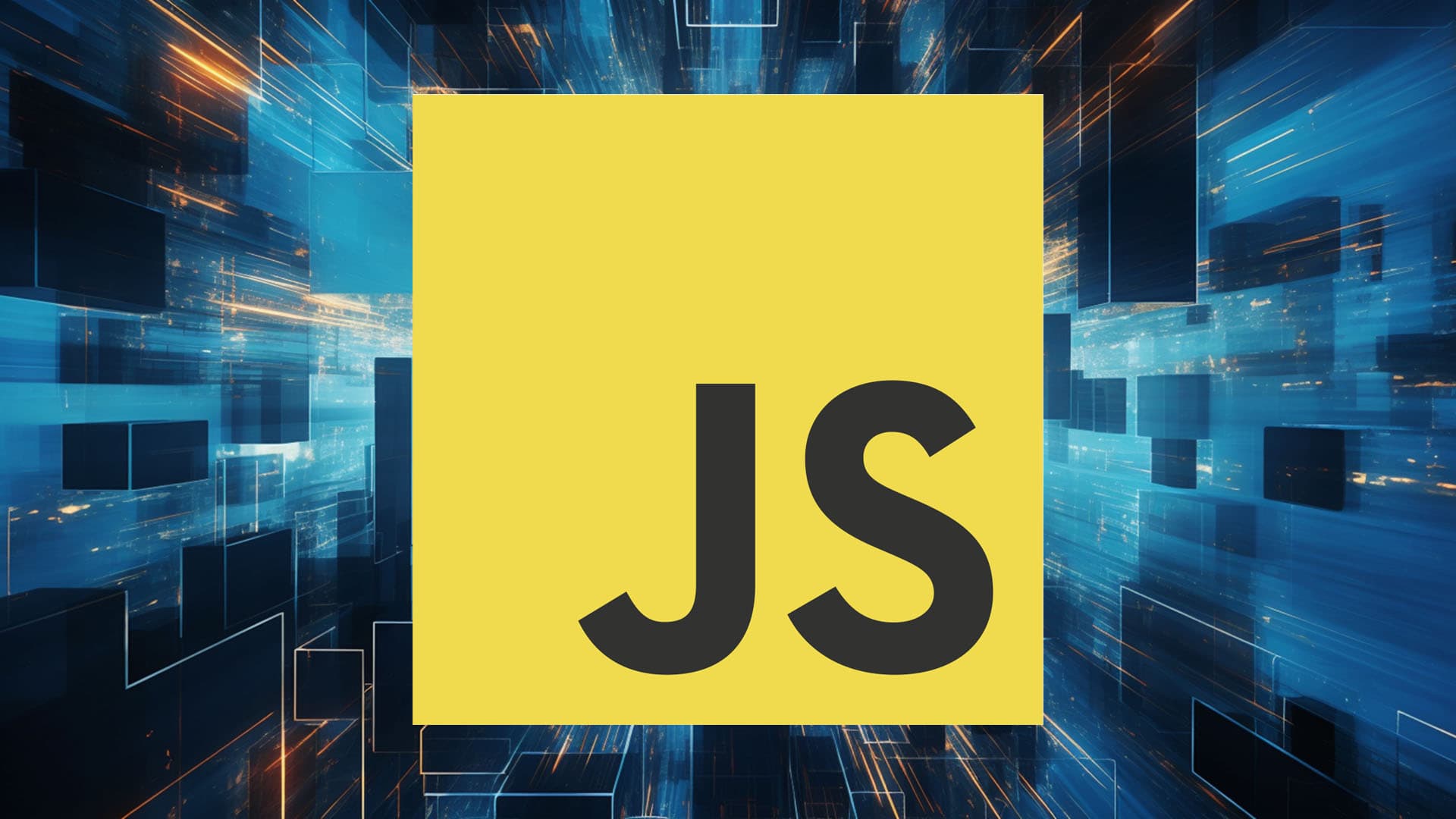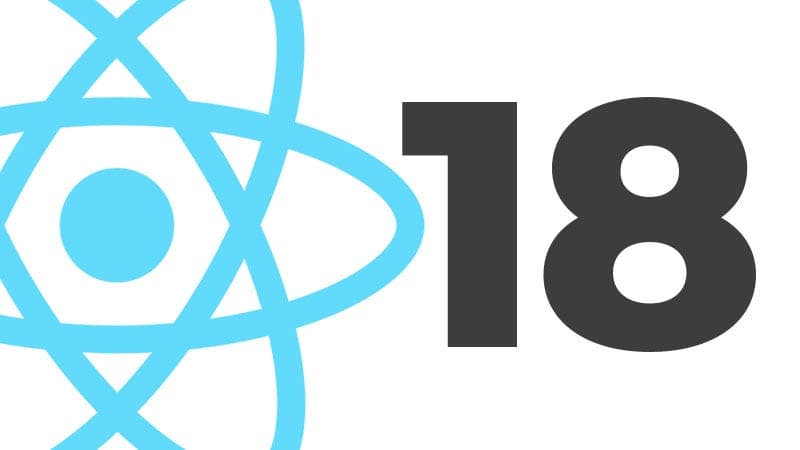Typescript: Understanding the Difference between Types and Interfaces
I love using TypeScript. It’s what made JavaScript programming fun for me because it made the code easier to read and write. But for a long time, I used Types and Interfaces almost interchangeably, without really understanding the difference between the two.
Types and interfaces are two of the fundamental concepts in TypeScript.
They both allow you to define custom data types in TypeScript. However, they differ in syntax, extensibility, and use cases. Understanding the differences between types and interfaces is crucial for writing efficient and maintainable TypeScript code.
At a high level, a type in TypeScript defines the shape or structure of a value, while an interface defines a contract or agreement between two entities. Types are more flexible and can be used to define unions, intersections, and other complex types, while interfaces are more rigid and can only define object types. Types and interfaces also differ in syntax, with types using the "type" keyword and interfaces using the "interface" keyword.
Despite their differences, both types and interfaces have specific use cases and best practices in TypeScript. For example, types are often used for defining simple types, such as strings and numbers, while interfaces are more suited for defining complex object types with optional and readonly properties. Additionally, types are often preferred for defining union and intersection types, while interfaces are preferred for defining contracts between classes and modules.
Key Takeways
- Types and interfaces are fundamental concepts in TypeScript that allow developers to define custom data types.
- Types are more flexible than interfaces and can define unions, intersections, and other complex types, while interfaces are more rigid and can only define object types.
- Types and interfaces have their own use cases and best practices in TypeScript, with types being preferred for defining simple types and unions, and interfaces being preferred for defining complex object types and contracts between entities.
Fundamental Concepts
Defining Types
In TypeScript, a type is a keyword used to define the shape of the data. It can be used to define the structure of an object, the data type of a variable, or the signature of a function. Types are defined using the type keyword followed by the name of the type, an equal sign, and the definition of the type.
For example, the following code defines a Bird type:
type Person = {
name: string;
age: number;
};
This defines a type called Person that has two properties: name, which is a string, and age, which is a number.
Defining Interfaces
Interfaces in TypeScript define contracts that an object must adhere to. They specify the shape of an object by describing its properties, methods, and their respective types. Interfaces allow us to enforce consistency and provide a blueprint for objects to follow.
For example, the following code defines an interface for a Person object:
interface Person {
name: string;
age: number;
}
This defines an interface called Person that has two properties: name, which is a string, and age, which is a number.
One key difference between types and interfaces is that interfaces can be extended, whereas types cannot. This means that an interface can inherit properties and methods from another interface, making it easier to define complex objects. Another difference is that interfaces can define optional properties, whereas types cannot. This allows for more flexibility in defining objects, as not all properties may be required.
In summary, both types and interfaces are used to define the shape of data in TypeScript. Types are used to define the structure of an object, the data type of a variable, or the signature of a function. Interfaces are used to define contracts that an object must adhere to, specifying the shape of an object by describing its properties, methods, and their respective types.
Syntax Differences
Type Syntax
Type syntax is used to declare a new type using the type keyword. The syntax for declaring a type is similar to that of a variable declaration. Here is an example of how to declare a type:
type User = {
name: string;
age: number;
};
This declares a new type called User that is an object with name and age properties. The name property is a string and the age property is a number.
Interface Syntax
Interface syntax is used to define the shape of an object. The syntax for declaring an interface is similar to that of a function declaration. Here is an example of how to declare an interface:
interface User {
name: string;
age: number;
}
This declares a new interface called User that has name and age properties. The name property is a string and the age property is a number.
One key difference between types and interfaces is that interfaces can be extended, while types cannot. This means that you can create new interfaces that inherit from existing interfaces, but you cannot create new types that inherit from existing types.
Another difference is that interfaces can define optional properties, while types cannot. This means that you can define properties on an interface that are not required to be present on objects that implement the interface.
Extensibility
In TypeScript, both types and interfaces can be extended to create new types. This allows developers to reuse existing definitions and build upon them. However, there are some differences in how type and interface extension works.
Type Extension
When extending a type, the new type is created by merging the properties of the base type with the properties of the extension. This means that any properties in the extension with the same name as properties in the base type will override those properties.
Type extension is useful when working with object types that have a lot of shared properties. By extending a base type, developers can avoid duplicating code and ensure that all instances of the extended type have the same properties.
Interface Extension
When extending an interface, the new interface is created by merging the properties of the base interface with the properties of the extension, similar to type extension. However, there are some differences in how interface extension works compared to type extension.
One key difference is that interface extension can be used to add new properties to an existing interface, whereas type extension can only override existing properties. This makes interface extension more flexible than type extension.
Another difference is that interface extension can be used to extend multiple interfaces at once by using the extends keyword. This allows developers to create complex type hierarchies by combining multiple interfaces.
Overall, both type and interface extension are powerful features of TypeScript that allow developers to create new types by building upon existing ones. The choice between type and interface extension depends on the specific use case and the needs of the developer.
We help you better understand software development. Receive the latest blog posts, videos, insights and news from the frontlines of web development
Use Cases and Best Practices
When deciding whether to use a type or an interface in TypeScript, it's important to consider the use cases and best practices for each.
Use Cases for Interfaces
Interfaces are particularly useful when defining object shapes and function signatures. They allow you to define a contract for an object or function without specifying an implementation. This makes them ideal for defining APIs and ensuring that different parts of your codebase can communicate effectively.
Another use case for interfaces is when implementing classes. Interfaces can be used to define the shape of a class and ensure that it conforms to a particular contract. This can be particularly useful when working with third-party libraries or when collaborating with other developers.
Use Cases for Types
Types are useful for defining unions and intersections of other types. They allow you to create complex types by combining simpler types. This can be particularly useful when working with data that has multiple possible shapes or when defining complex data structures.
Another use case for types is when you want to create an alias for an existing type. This can make your code more readable and easier to understand. For example, if you have a type that represents a user ID, you could create a type alias like UserId = string to make your code more expressive.
Overall, the choice between using a type or an interface in TypeScript depends on the specific use case. By following best practices and using the appropriate tool for the job, you can write more maintainable and understandable code.



